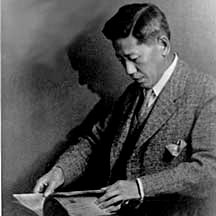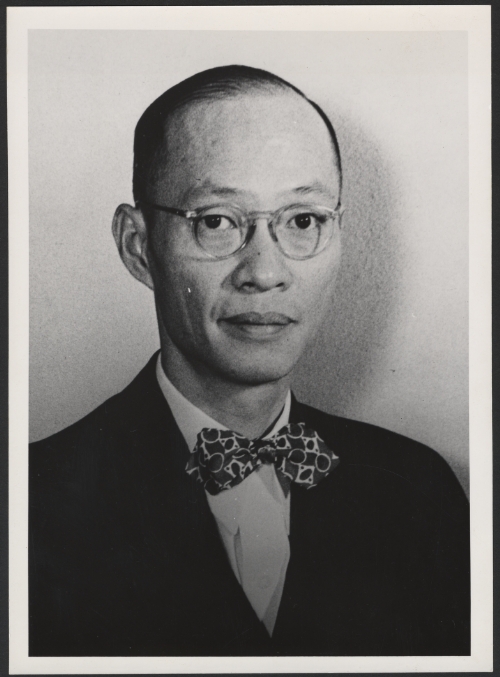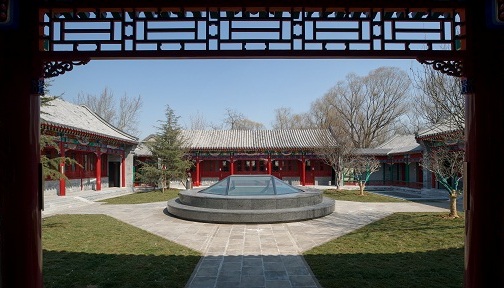about ceas
.jpg)

.jpg)

With world-renowned faculty, talented graduate and undergraduate students, internationally-recognized library collections, and outstanding institutional support, Stanford University is home to one of the most distinguished East Asian Studies programs in the country. The Center for East Asian Studies (CEAS), established in 1968, supports teaching and research on East Asia-related topics across all disciplines; disseminates knowledge about East Asia through projects of local, regional, national, and international scope; and serves as the intellectual gathering point for a collaborative and innovative community of scholars and students of East Asia.
Over 100 faculty members and lecturers in twenty-seven schools, departments, and programs teach and research on East Asia-related subjects across multiple disciplines and time periods. With East Asia-focused faculty housed in all professional schools—Business, Earth Sciences, Education, Engineering, Law, and Medicine—and numerous departments and institutes within the School of Humanities and Sciences, Stanford programs provide comprehensive coverage of nearly all aspects of East Asia.
Stanford's teaching and research is further bolstered by the numerous institutes, centers, research programs, and international collaborative projects which bring scholars, officials, business leaders, postdoctoral fellows, visiting faculty, and delegations to campus, connecting Stanford directly to private industry, government and educational institutions throughout Asia and around the world.
the history of east asian studies at stanford

Yamato Ichihashi
Stanford University has a long and enduring tradition of research and teaching on East Asia. Yamato Ichihashi (1878—1963) began teaching courses about Japan here in 1913, and was appointed to Stanford's first endowed professorship in 1920, continuing to teach here, except during his WWII internment, until the 1950s.
In 1938, Shau Wing Chan (1907—1986) was appointed Instructor of Chinese and Literature for a program established by the School of Letters. Chan graduated with a B.A. in English from Lingnan University in Canton in 1927 and then taught English in China for several years until he saved enough money for graduate study abroad. He chose to come to Stanford (rather than Sorbonne), where he completed his M.A. (1932) and Ph.D. (1937) in English. With the outbreak of the Sino-Japanese War preventing him from accepting a professorship in China, Chan returned to California to teach. In 1939-1940, Chan was promoted to Assistant Professor of Chinese and English and, after the United States' entry into WWII, was tapped by the government to organize one of the largest of America's wartime training programs in Chinese here on campus. The Army Special Training Program was temporary (1942-46), but it served to establish an institutional base for Stanford's future rise to eminence in East Asian languages and area studies programs, providing training in Chinese, Japanese, and Korean languages.

Shau Wing Chan
After WWII, it became clear that formal study of East Asia should be an essential part of the university’s curriculum, and Asian languages became a part of the offerings of the Department of Asiatic and Slavic Studies, which was founded in 1946. The department taught Arabic, as well as Chinese and Japanese, and was chaired by Professor Anthony Sokol, a former officer of the Austro-Hungarian navy, who had a special interest in East Asian naval architecture. A few years later, the department began to specialize in Chinese and Japanese, with Slavic studies becoming an independent entity. Professor Chan was chairman of the Department of Asian Languages from 1958-1962. In 1959, he negotiated the establishment of a National Defense Education Act center for training in Chinese and Japanese. This brought in federal funding to support Stanford's teaching in East Asian Languages and related subjects.
In 1958 there were five students in First-Year Chinese and eight students in First-Year Japanese. The emphasis at that time was still on modern language training. In 1959, literature courses were added to the department's course offerings, along with the first M.A. programs. During this period, Chinese was taught by Professor David Nivison (who taught in China in 1948), and Japanese was taught by the late Professor Robert Brower. In 1960, the Ph.D. program in Chinese was established, and a year later the PhD Program in Japanese was established. The Stanford Center for Japanese Studies in Tokyo was established in 1961 and the Center for Chinese Studies in Taipei a year later (Both centers have since expanded to become consortium-type programs now operating out of Yokohama and Beijing, respectively).
Concurrent with the growth of the Asian Languages Department, interest in East Asia as a specialty was growing in several other areas, most notably political science/international relations. Recognizing the growing interest in non-literature-based research, the Committee on East Asian Research was formed in 1957, graduating its first Master’s degree student in 1967. The Center for East Asian Studies (CEAS) was formally established the following year in 1968.
In 1978, Stanford was the first U.S. university to accept students from post-revolutionary China, and Stanford students were among the first U.S. visitors to Peking University one year later.
In 1983, the Walter H. Shorenstein Asia-Pacific Research Center (Shorenstein-APARC) was formed to foster interdisciplinary social-science research on contemporary Asia, particularly in the policy and international relations realms, and to create ties between the public, private, and government sectors and academia—serving as a bridge between scholars and officials in Asia and their U.S. counterparts.

Stanford Center at Peking University
More recently, Stanford has also established several new programs and centers devoted to the study of China to meet the growing need for research and teaching on this rising power. The Stanford China Program (SCP) is a university-wide initiative to facilitate multidisciplinary, social science-oriented research on contemporary China, with a dual emphasis on basic and policy-relevant research; the Confucius Institute at Stanford serves as a hub for humanistic research, teaching, and public outreach; and the new Stanford Center at Peking University (SCPKU), the first free-standing research center in East Asia built by a major U.S. university, enables Stanford faculty and students to study and conduct research in China side-by-side with Chinese counterparts.





